Tenyose is a traditional Japanese dish that reflects the beauty of seasonality and regional culture, especially in the Suwa region of Nagano. Made using agar, this delicate jelly-like food often served during festivals and special gatherings, adding both color and meaning to the meal. With deep roots in local customs and ceremonies, Tenyose offers more than just taste—it tells a story. In this article, we’ll explore the charm, history, and cultural significance behind this unique dish, so keep reading to discover what makes Tenyose so special.
What is Tenyose?
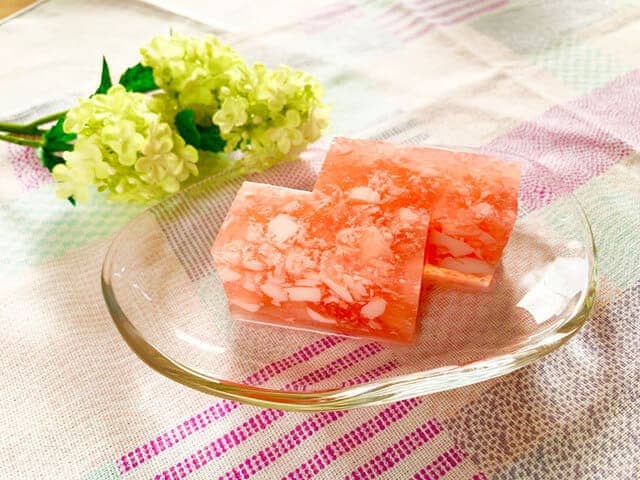
Tenyose is a traditional Japanese dish. It belongs to the category of yosemono (寄せ物). Yosemono refers to foods that are molded or set into shape. These foods use gelatinous agents like kanten (agar-agar) or gelatin.
Tenyose typically consists of delicate ingredients suspended in clear, savory jelly. The ingredients include seafood, vegetables, or bits of tempura. The jelly is made from dashi, which is Japanese soup stock.
About Suwa Region
The Suwa region, located in central Nagano Prefecture, is popular for its intense winter cold, clear skies, and landmarks like Lake Suwa and Suwa Taisha Shrine. The freezing temperatures, described locally as “shimiru,” have shaped a unique food culture that embraces natural freezing methods. This feature highlights how the people of Suwa have long incorporated the cold into their culinary traditions.
Tenyose History
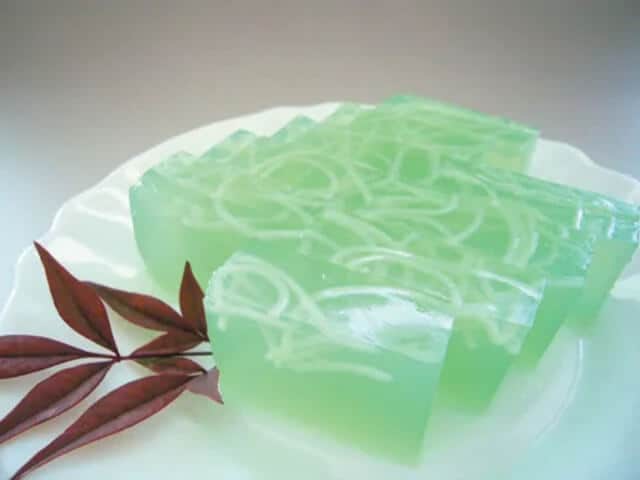
The agar industry in the Suwa region began in the Edo period and developed due to its cold, stable climate and the opening of the railway in the late Meiji period, which enabled longer production seasons. Said to have started when Kobayashi Kumesaemon brought agar-making techniques back to Suwa after working elsewhere. Made by boiling seaweeds like Tengusa and Gracilaria, then repeatedly freezing and drying them. In Suwa, “Tenyose” is a traditional agar-based condiment served during ceremonial gatherings, especially at events like the Onbashira Festival of Suwa Taisha Shrine. The dish varies in ingredients and colors depending on the occasion—red for celebrations and green for somber events—and adds a decorative, meaningful touch to shared meals.
Occasions and Seasonal Eating Habits
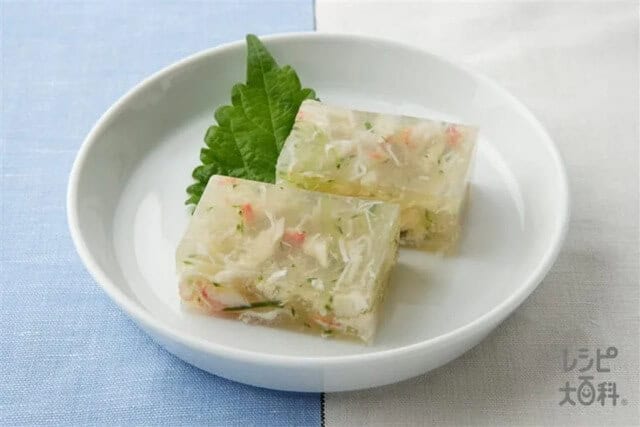
From レシピ大百科
The Onbashira Festival, held once every seven years, starts with the Kamisha Yamadashi in April and concludes with the Kamisha Treasure Hall Enzasai in June. During this period, the festival becomes a central part of life for the people of Suwa. Locals traditionally prepared this to welcome and entertain guests attending the festivities. Beyond the festival, locals also commonly used in home cooking and served this at various occasions such as local celebrations, family gatherings, and even during times of mourning, with its presentation and ingredients adapted to suit the event.
Takeaway
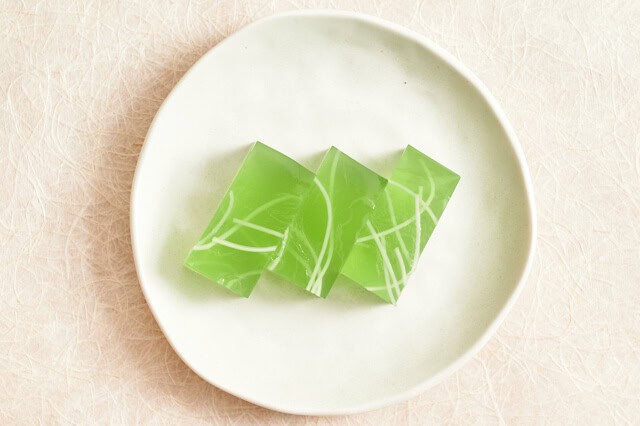
Tenyose is more than just a dish—it’s a reflection of Japan’s seasonal beauty, craftsmanship, and heartfelt hospitality. Whether enjoyed during a local festival or as part of a traditional meal, its delicate flavors and elegant presentation offer a memorable experience. If you ever visit Japan, especially the Suwa region, be sure to look for Tenyose and give it a try—you might just discover a new favorite rooted in centuries of tradition.
If you enjoyed learning about Tenyose, you might also want to explore other traditional Japanese dishes made with agar or seasonal ingredients, such as yokan, nikogori, or refreshing kanten-based salads—each offering a unique taste of Japan’s culinary elegance.
Ten-yose (天寄せ) FAQ
- What is Ten-yose?
Ten-yose is a traditional dish from Nagano, made by setting seasonal vegetables, mushrooms, and sometimes seafood or chicken in a savory gelatin using kanten (agar).
- Why is kanten (agar) used?
Nagano is the birthplace of high-quality kanten, made from natural seaweed and known for its healthy, light texture.
- What does Ten-yose taste like?
It’s delicate and refreshing, with the natural flavors of the ingredients. The kanten adds a smooth, jelly-like texture.
- When is Ten-yose usually eaten?
It’s often enjoyed in summer as a cool, refreshing dish, but it can be served year-round at traditional meals and celebrations.
- Is it vegetarian or vegan friendly?
Yes, if made only with vegetables and agar. However, some versions use dashi (fish stock), so it’s best to check before eating.
- Where can I try Ten-yose in Nagano?
It’s available at ryokan (Japanese inns), traditional restaurants, and during local food festivals that highlight Nagano’s unique kanten cuisine.
- Is Ten-yose healthy?
Very! Kanten is low in calories, high in fiber, and often considered a “beauty food” in Japan.
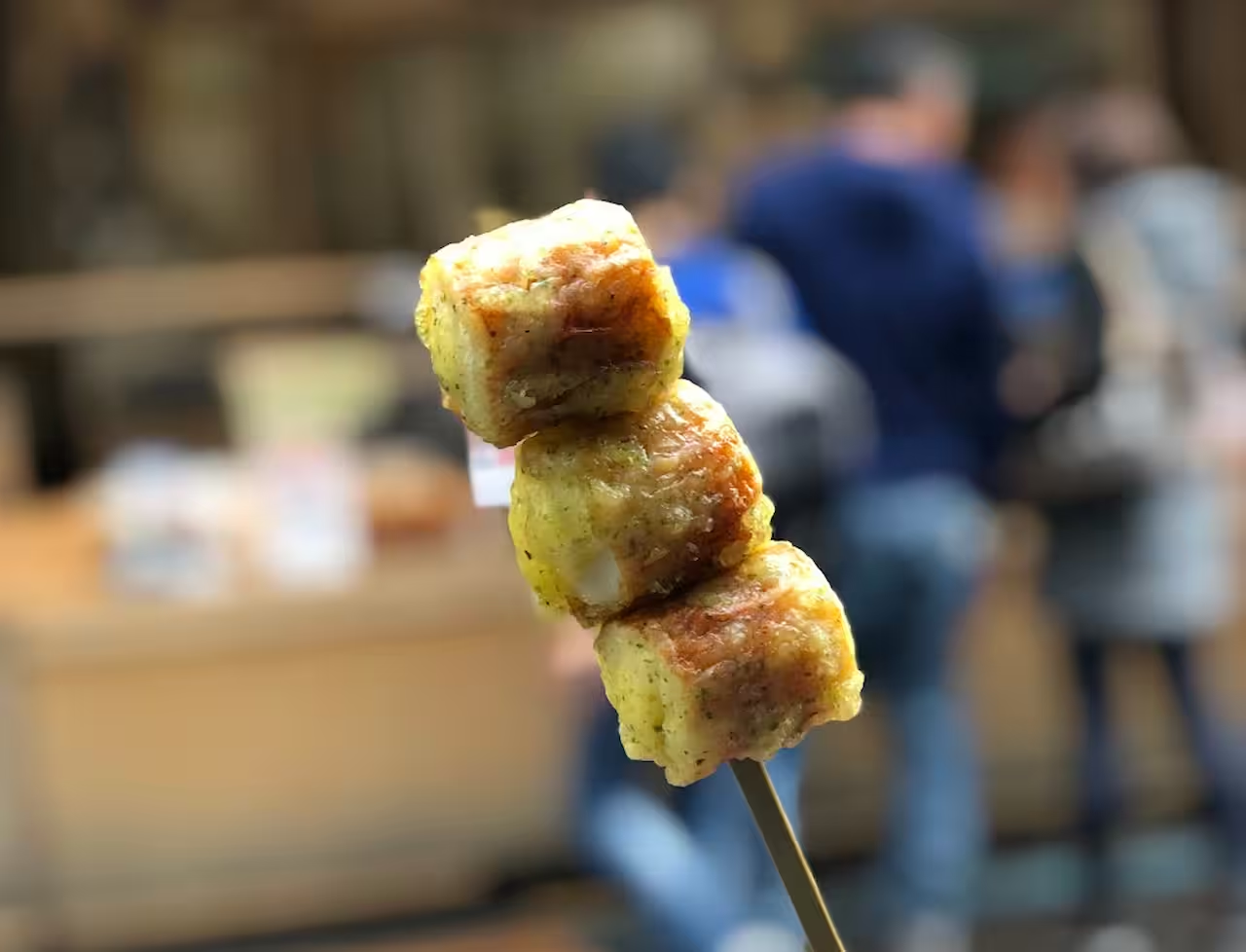
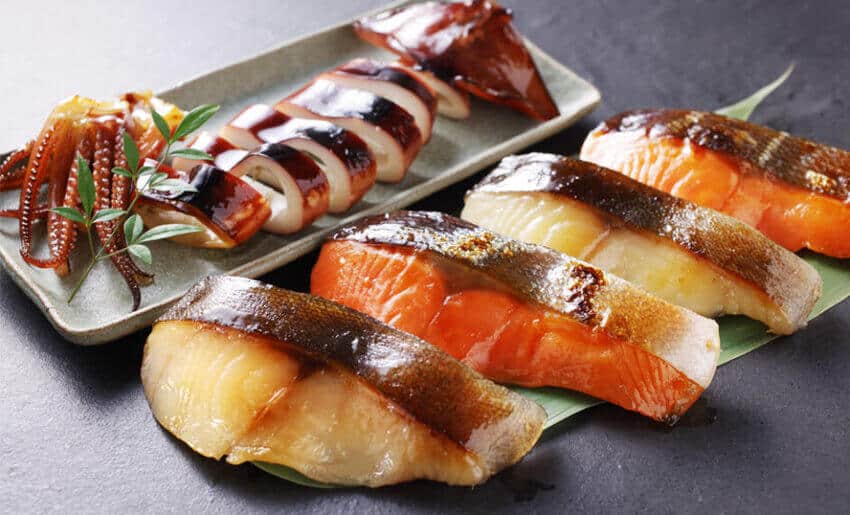

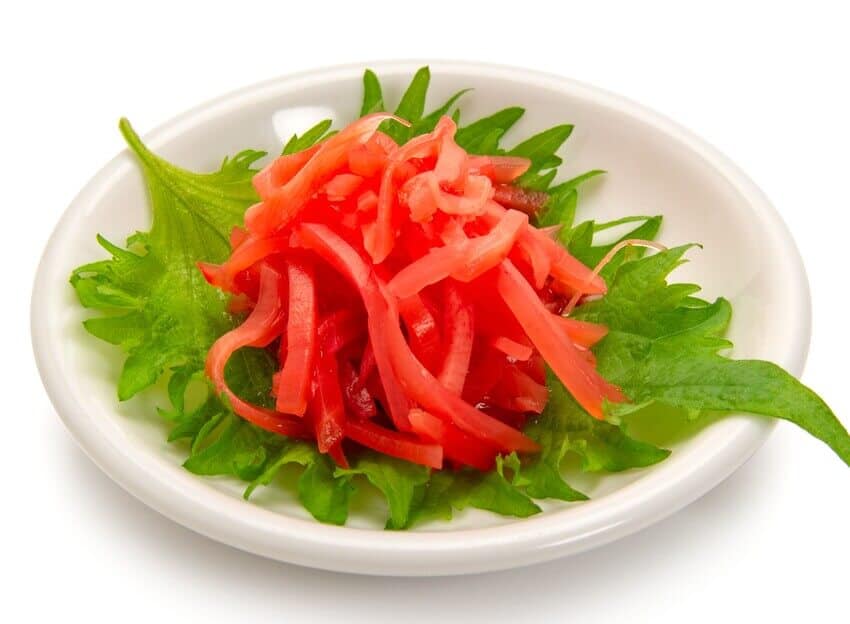
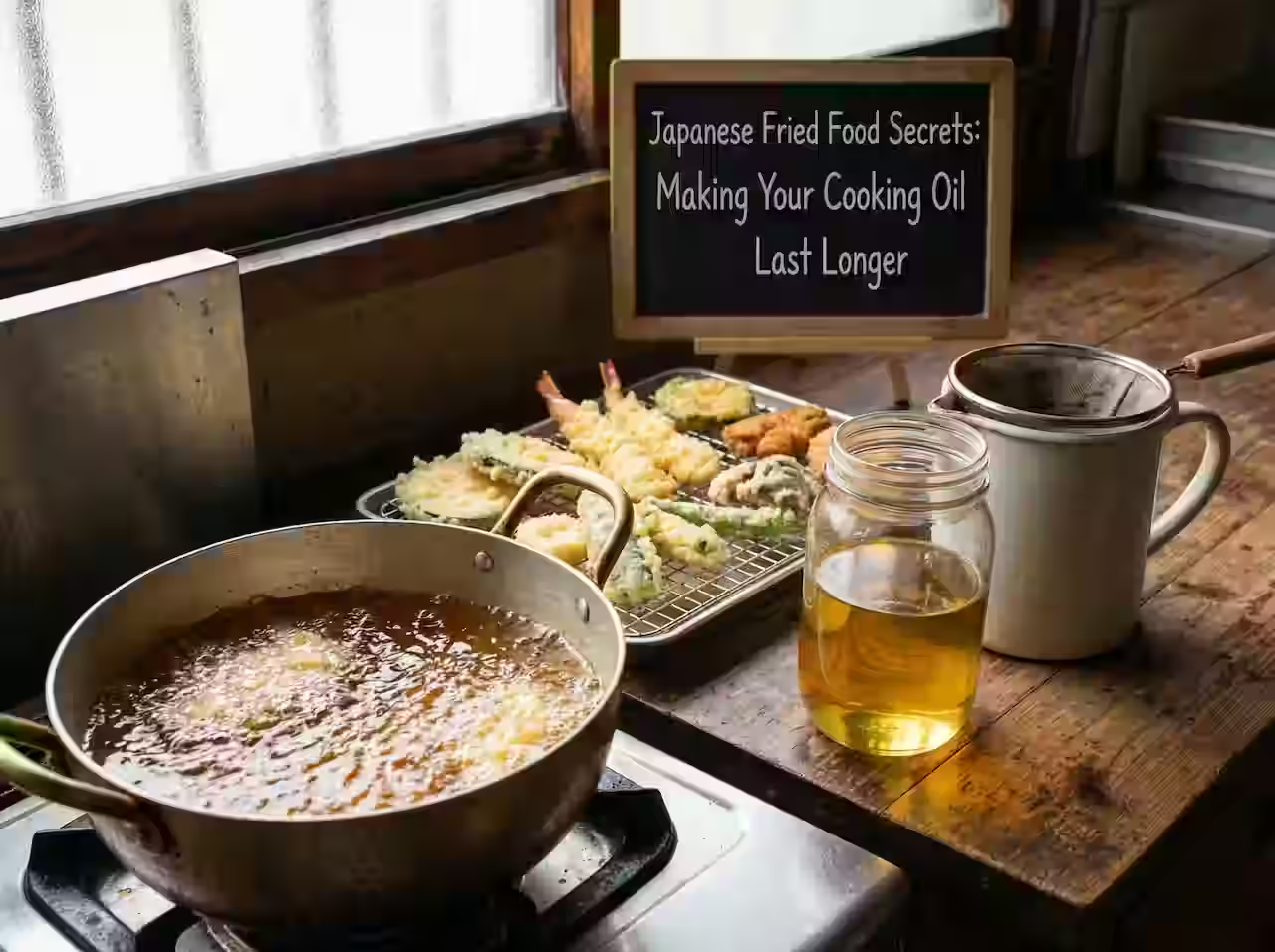

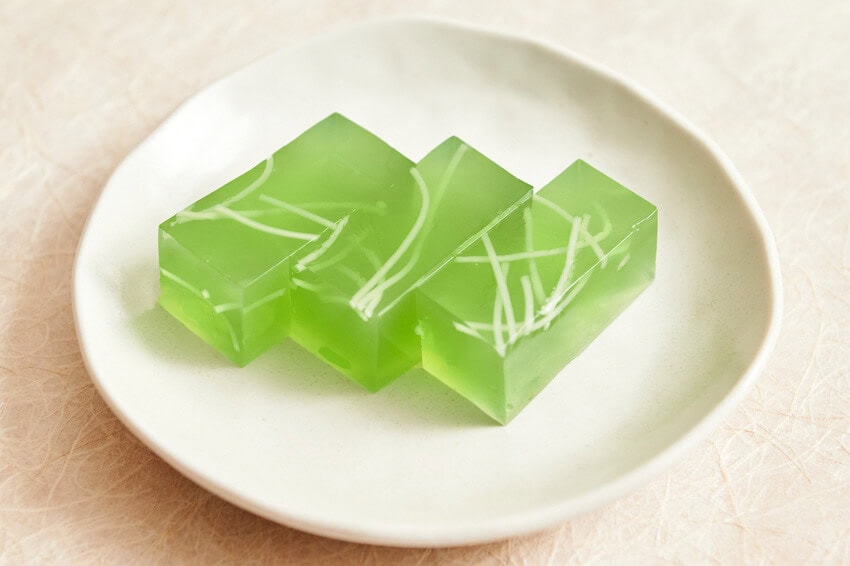
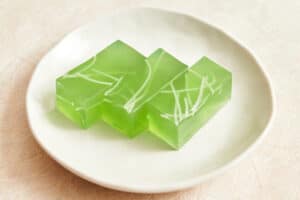
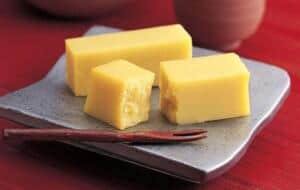
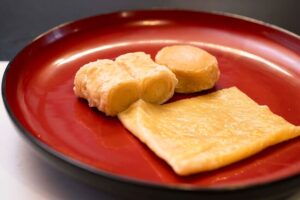
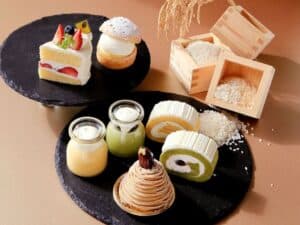
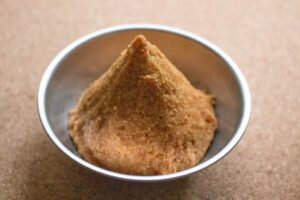
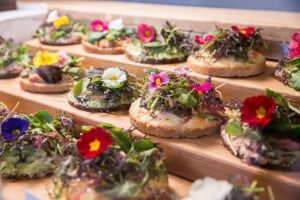
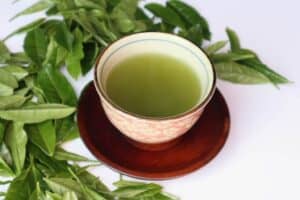
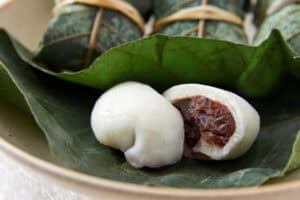
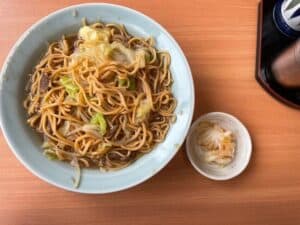
Comments